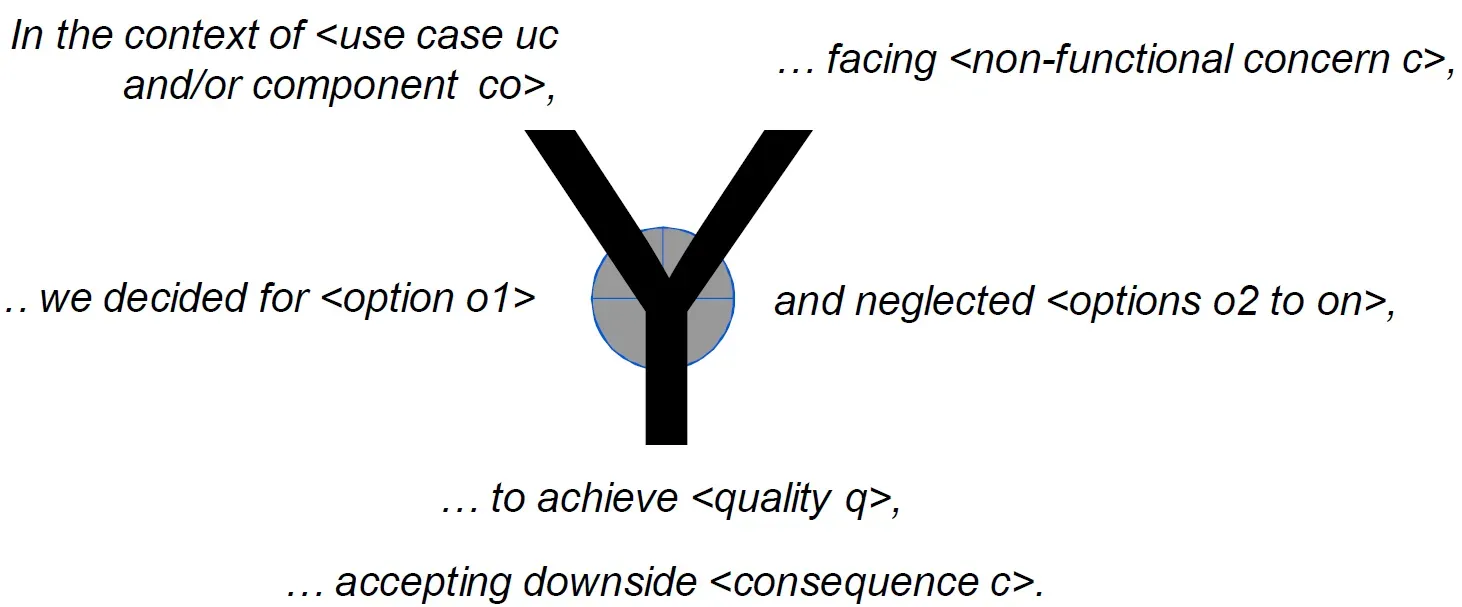What is ADR?
ADR or Architecture Decision Records in software development, it is the best practice for documenting architectural decisions in a structured and defined way.
The Value of ADRs in Modern Software Development
Traceability: Offers a clear lineage of decisions, aiding in project transitions.
Communication: Facilitates effective dialogue among stakeholders, ensuring alignment on architectural choices.
Control and Reflection: Enables teams to revisit decisions, assessing their impact and making necessary adjustments.
Educational Tool: A valuable resource for learning from past projects, enhancing decision-making in architecture.
Compliance: Essential for documenting adherence to regulatory and industry standards.
Development Efficiency: Streamlines the development process by reducing time spent on architectural discussions.
Template 1
Title
Give a meaningful name that quickly lets the reader understand what this ADR is all about.
Status
Note the status of this ADR. This depends on the individual process of your team or company. Usually, this section only holds a single word defining the status.
Examples are: proposed, accepted, rejected, deprecated, superseded
Issue / Context
This section explains the context, problem, or issue that causes the need for this decision. Some also call this section “motivation”.
Be precise and focus on facts.
Decision
Describe the proposed change. Stick to the facts and don’t try to sell the decision. Also, describe how and why you came to this decision. Point out alternatives that were looked at during the decision-finding process.
Consequences
Describes the effects of the change. What becomes easier? What will be more difficult?
- Explains the results of the decision over the long term.
- Did it work, not work, was changed, upgraded, etc.
Examples:
Template 2 - Y-Statements
Based on this article: Y-Statements - A light template for architectural decision capturing

- context: functional requirement (story, use case) or arch. component,
- facing: non-functional requirement, for instance a desired quality,
- we decided: decision outcome (arguably the most important part),
- and neglected alternatives not chosen (not to be forgotten!),
- to achieve: benefits, the full or partial satisfaction of requirement(s),
- accepting that: drawbacks and other consequences, for instance impact on other properties/context and effort/cost (both short term and long term).
Other templates
- ADR template for Alexandrian pattern (simple with context specifics)
- ADR template of the Markdown Any Decision Records (MADR) project (both simple and elaborate version; the latter emphasizes options and their pros and cons)